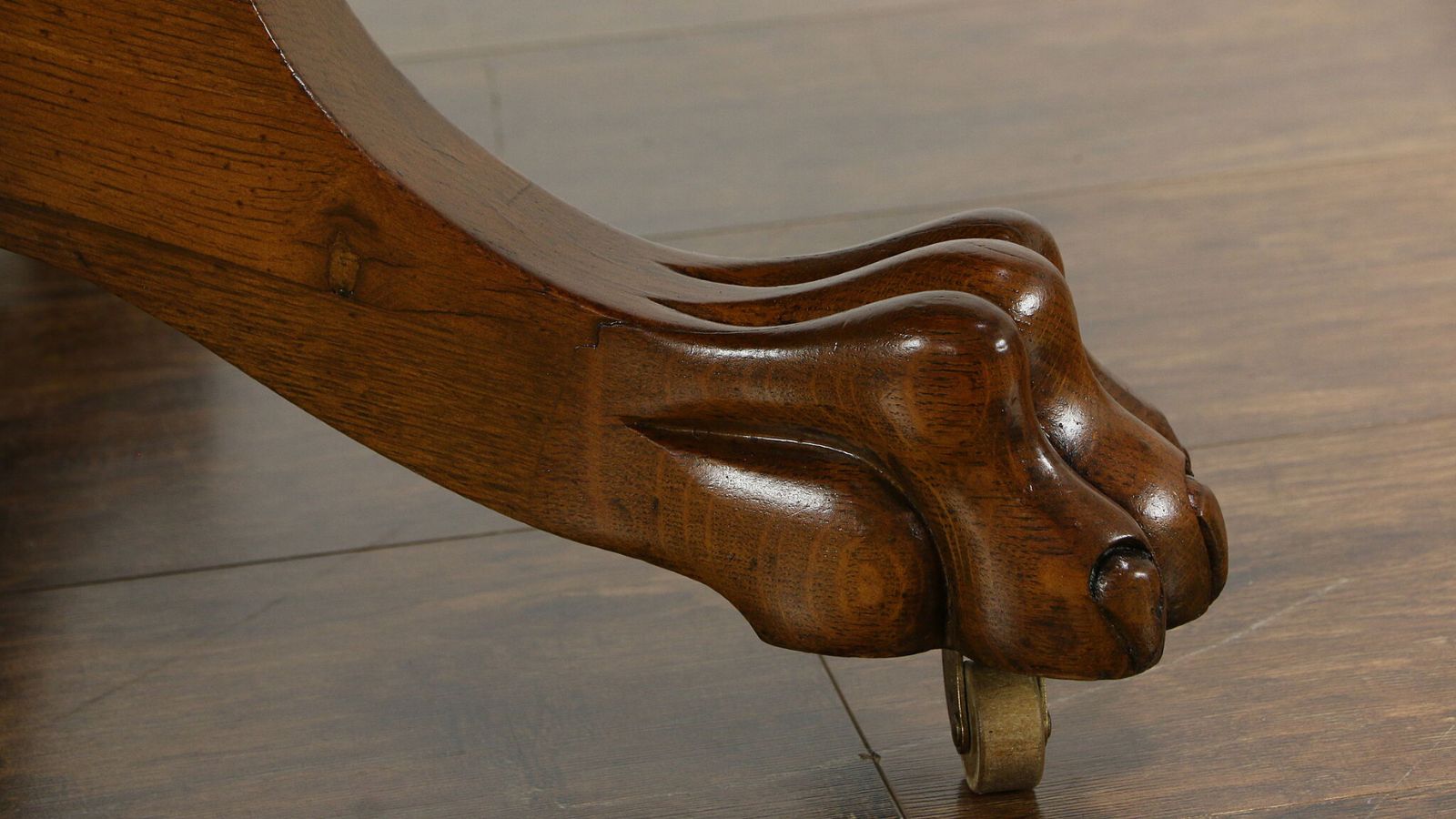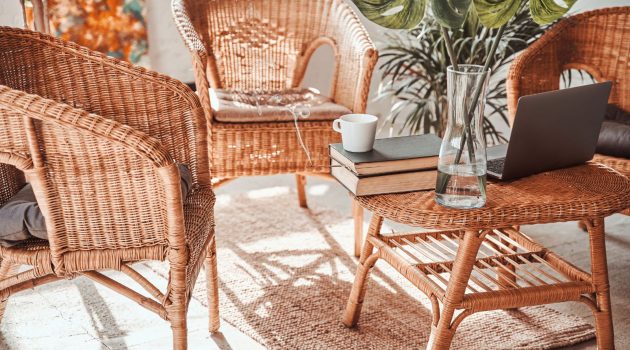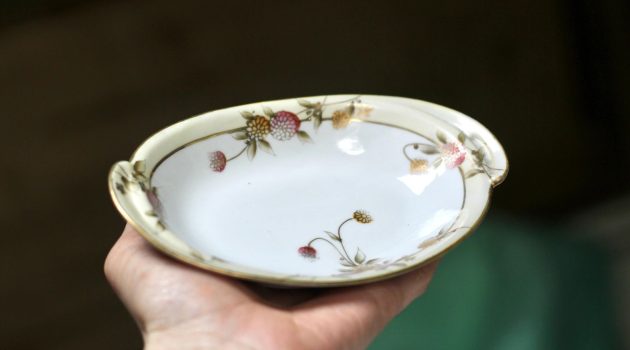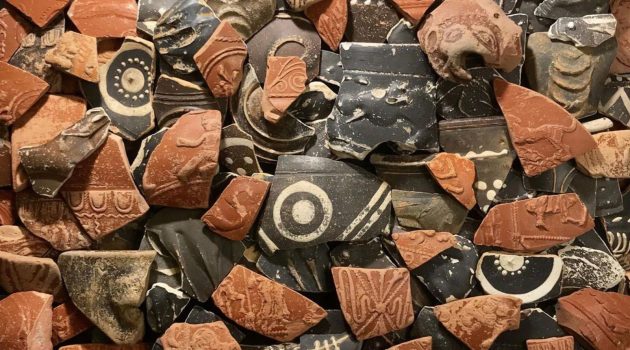Antique furniture holds a special charm and can add unique value to any home. One of the key ways to identify and date these precious pieces is by examining their feet.
Recognizing different foot styles can help you determine the age and authenticity of antique furniture.
Over the centuries, furniture feet styles have evolved, each era bringing its own distinct designs. From the simple block feet of the earliest pieces to the intricate cabriole legs of the 17th century, each style tells a story.
By understanding these styles, you can conduct better research and evaluate the true value of your antique finds.
Next time you come across a piece of antique furniture, take a closer look at its feet. Whether it’s the old trestle feet from the Middle Ages or the elegant whorl feet of the Rococo period, identifying these styles can be a fascinating and rewarding part of your journey into the world of antiques.
Identifying Antique Furniture Feet

When dating antique furniture by its feet, you need to look at various styles, materials, and craftsmanship details. This guide will help you recognize the features that indicate the period and authenticity of antique pieces.
Understand the Basics of Foot Styles
Furniture feet have evolved over the centuries. Simple block feet were common in early furniture.
Cabriole legs, popular in the 17th century, have a distinct S-shaped curve and often include carved details. Ball feet are round and date from the early 1600s to the 19th century, commonly seen in chests and sideboards.
Understanding these styles will help you identify and date pieces more accurately.
Recognizing Period Characteristics
Different periods have unique foot styles.
Trestle feet, with their T-shape, date back to the Middle Ages. Whorl feet feature a spiral shape and gained popularity in the Rococo period of the late 1600s. Toupie feet resemble turned spools and became common in the mid-1600s.
By recognizing these characteristics, you can pinpoint the era of your furniture.
Examining Materials and Craftsmanship
The type of wood and craftsmanship also offer clues to a piece’s age.
Mahogany, for instance, wasn’t widely used before the 18th century. If you find a piece made of mahogany, it’s likely quite old. Oak was commonly used in earlier periods.
Look for signs of hand-carving and the quality of the joinery. Hand-carved details and precise joinery often indicate a well-made antique piece.
By examining the materials and craftsmanship alongside the foot styles, you can make a more accurate assessment of antique furniture.
Dating Furniture by Style and Period

Understanding how the styles and historical periods of antique furniture can help you accurately date your furniture piece. Each period has its own unique characteristics, especially when it comes to the design of the furniture feet.
The Significance of Style in Dating
Furniture styles have changed significantly over the centuries. Recognizing these styles can give you important clues about the age of your furniture. For example, the cabriole legs, with their curved S-shape, were prominent in the 17th century.
They often featured intricate carvings that defined the piece.
During the Victorian era, furniture had ornate feet, sometimes ending in animal claws or ball-and-claw designs. By contrast, the Regency period favored more subdued feet, with refined and simple shapes.
Empire style, prominent in the early 19th century, showcased heavier, more robust feet. These were typically round or cylindrical. Recognizing these styles can greatly simplify the dating process.
Historical Periods and Their Feet Features
Renaissance Period (14th-17th centuries): Furniture from this period often had simple block feet. Early Renaissance pieces might also feature carved stone or wood.
Baroque (17th century): Furniture feet during this time were very ornate. Look for elaborate carvings and twisted designs. The cabriole leg was popular, often with added scrolls and floral patterns.
Rococo (early 18th century): This period introduced whorl feet, which have a spiral shape. These are easy to spot on Rococo furniture, often combined with elegant and curvy designs.
Neoclassical (late 18th century): Neoclassical feet were more geometric and refined. They often had straight legs with tapered feet.
Empire (early 19th century): Heavy and bold, Empire feet are typically round or cylindrical. They often feature robust and imposing designs.
Victorian Era (mid to late 19th century): Look for decorative elements like animal claws or ball-and-claw designs. Sometimes Victorian feet were painted or gilded for extra flair.
Types of Antique Furniture Feet

Understanding the different foot styles is key to identifying and dating antique furniture. Various designs reflect specific periods and craftsmanship, ranging from simple to ornate.
Detailed Guide to Various Foot Designs
Bun Feet
Bun feet are shaped like disks or buns and are typically found on chests and cabinets. They date back to the early 1600s and are often seen in Georgian and Victorian furniture. These feet are supportive yet decorative, adding a classic touch to your antique pieces.
Bracket Feet
Bracket feet are characterized by their L-shaped design. Commonly used in the 18th century, these feet are often found on chests of drawers and cabinets. Bracket feet not only provide stability but also contribute to the piece’s aesthetic appeal.
Ball and Claw Foot
The ball and claw foot features a claw gripping a ball, inspired by Chinese design. This style became popular in the 18th century and signifies elegance and intricacy. You’ll most often find these on chairs and table legs, highlighting the craftsmanship of the era.
Cabriole Leg
Cabriole legs have an S-shaped curve, often ending in a pad or slipper foot. Originating in the Queen Anne period, they are common in French and English furniture. These legs add a graceful and refined look, typically seen in chairs and tables.
Pad Foot
The pad foot is a flat, sometimes slightly rounded, foot. It provides a more understated look and is commonly found on cabriole legs. This design became popular during the Queen Anne period and continues to add subtle elegance.
Spade Feet
Spade feet resemble the shape of a spade card symbol. They are typically seen in the late 18th-century furniture. Often found on slender, tapered legs, spade feet add a touch of sophistication and are common in chairs and tables.
Square and Tapered Feet
Square and tapered feet are simple and functional. Often plain, these feet are found in straight-legged furniture from the Federal period. Their clean lines make them versatile, suited for a variety of furnishings including chairs and tables.
Ball Feet
Ball feet are round and add a distinctive look to furniture. Mostly used from the 17th century to the 19th century, these feet are found on heavier pieces like chests and sideboards. Their rounded shape is both supportive and decorative.
Each foot style has its own history and distinctive features that help date and identify antique furniture. Knowing these differences enhances your appreciation and understanding of antique pieces.
Preserving the Value of Antique Furniture
Recognizing and maintaining the feet of antique furniture can help preserve its historical value. With proper care and attention, you can keep these vintage pieces in the best possible condition for years to come.
Care and Maintenance of Historic Feet
To maintain the value of antique furniture, pay special attention to the feet. Brass feet should be cleaned carefully using a soft cloth to avoid scratching. For wooden feet, the finish is crucial; use an appropriate polish to maintain the original shine.
Check the hardware and joints regularly. Loose fittings can reduce the overall value. If you notice any loose bolts or screws, gently tighten them without overdoing it, as the material might be fragile.
Consider the material and origin of the feet when planning the care routine. Feet made from delicate materials like ivory or decorative metals may need specialized conservation methods. Avoid using harsh chemicals as they can damage the original finish.
Lastly, when moving antique furniture, lift it instead of dragging to prevent stress on the feet. Proper handling helps preserve the historic value and intricate designs that define antique pieces.



